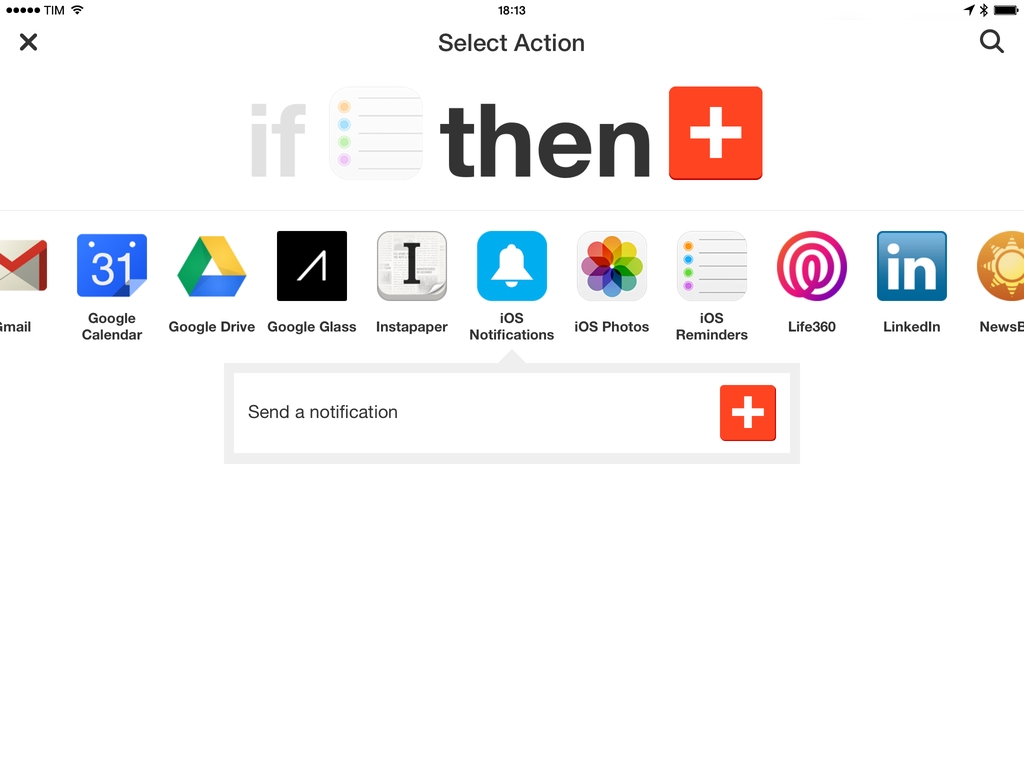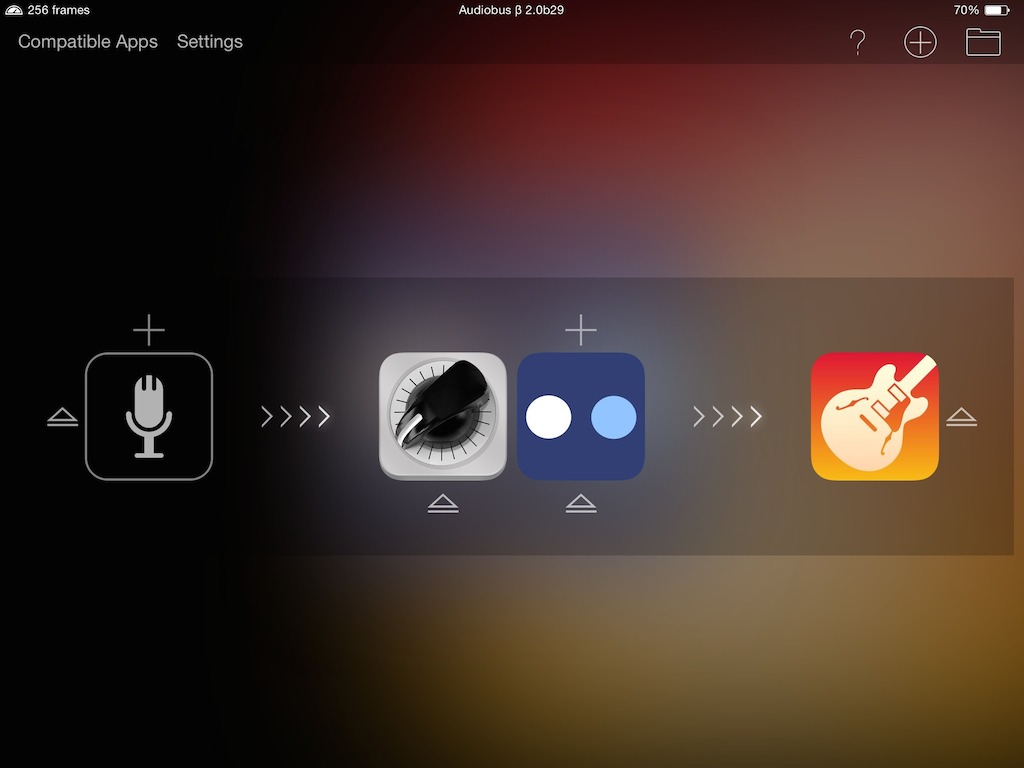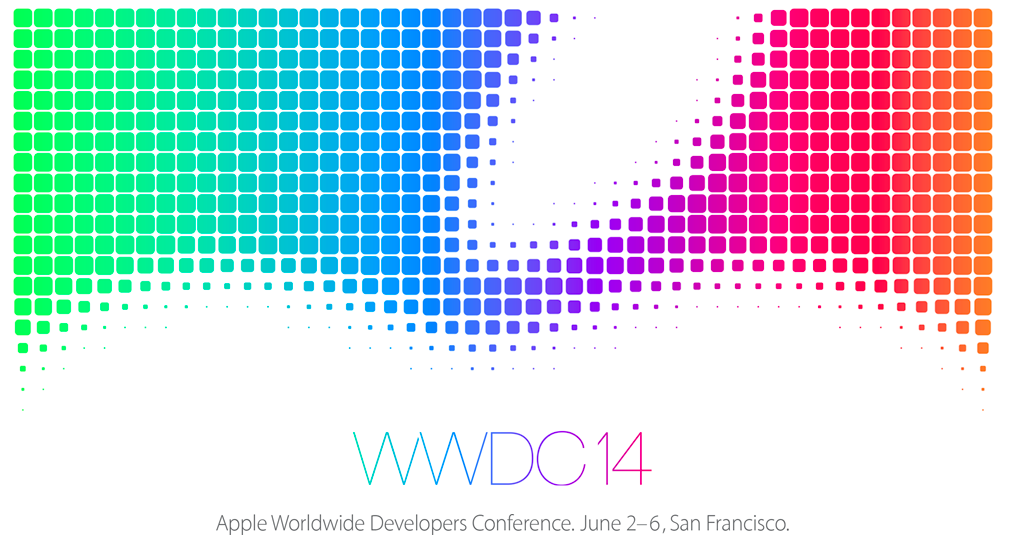Monument Valley is a game about paths that don’t exist – unless you want to see them. In its beautiful intricacy of platforms and perspectives that defy the laws of physics, geometry, and gravity, Monument Valley, developed by London-based studio ustwo, impresses visually and technically thanks to a fantastic combination of gorgeous artwork, intuitive controls, and just the right amount of puzzle-solving that works perfectly for an iPhone or iPad.
In Monument Valley, you control Ida, a silent princess that has embarked on a quest for forgiveness that will require her to find exits in monuments once built by men but now inhabited by crow people, totems, and other strange entities. “Tap the path to move Ida”, Monument Valley begins, and, sure enough, tapping on the screen advances the character on a linear path, accompanied by a sound effect. The first stage of Monument Valley is immediately perplexing: while Ida can walk a few steps, the aforementioned path isn’t connected to anything. Hold and rotate a wheel next to the path, however, and a pillar changes its orientation, creating an optical illusion that allows Ida to walk over the path and reach the exit of the stage. Monument Valley perpetuates a lie – that perspective can be used to alter physics – for the sake of gameplay, and, ultimately, that’s fun and intriguing.
Read more






